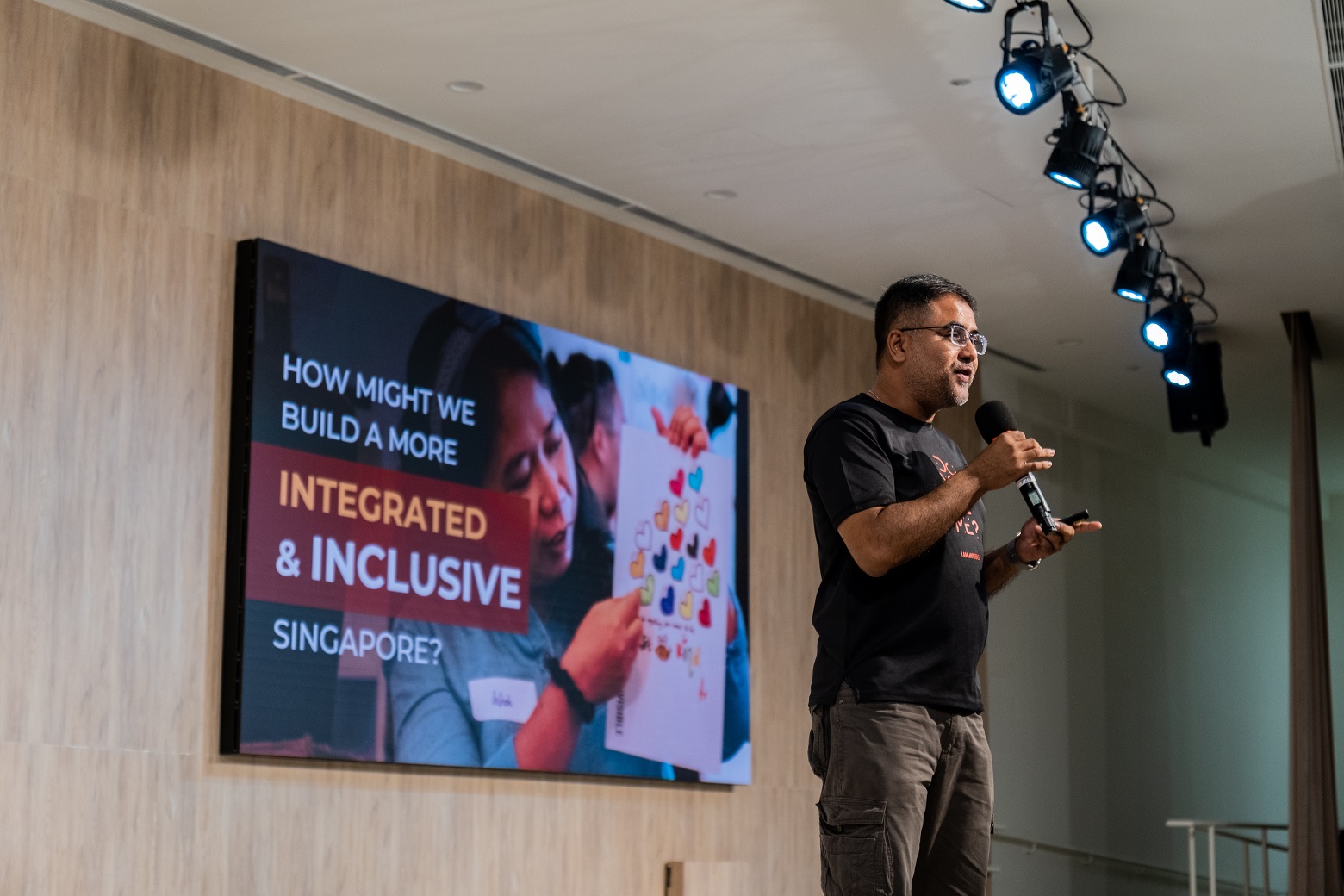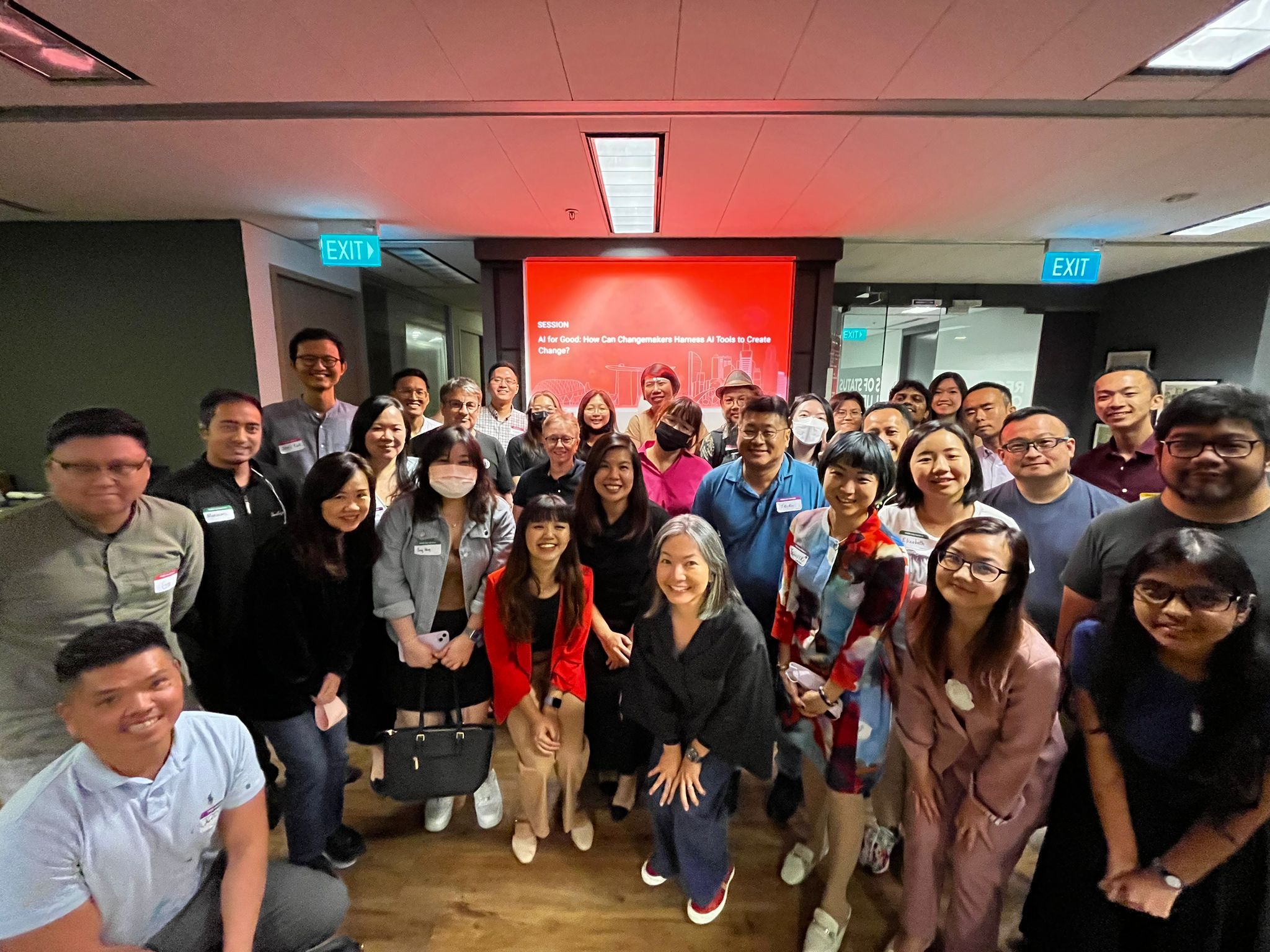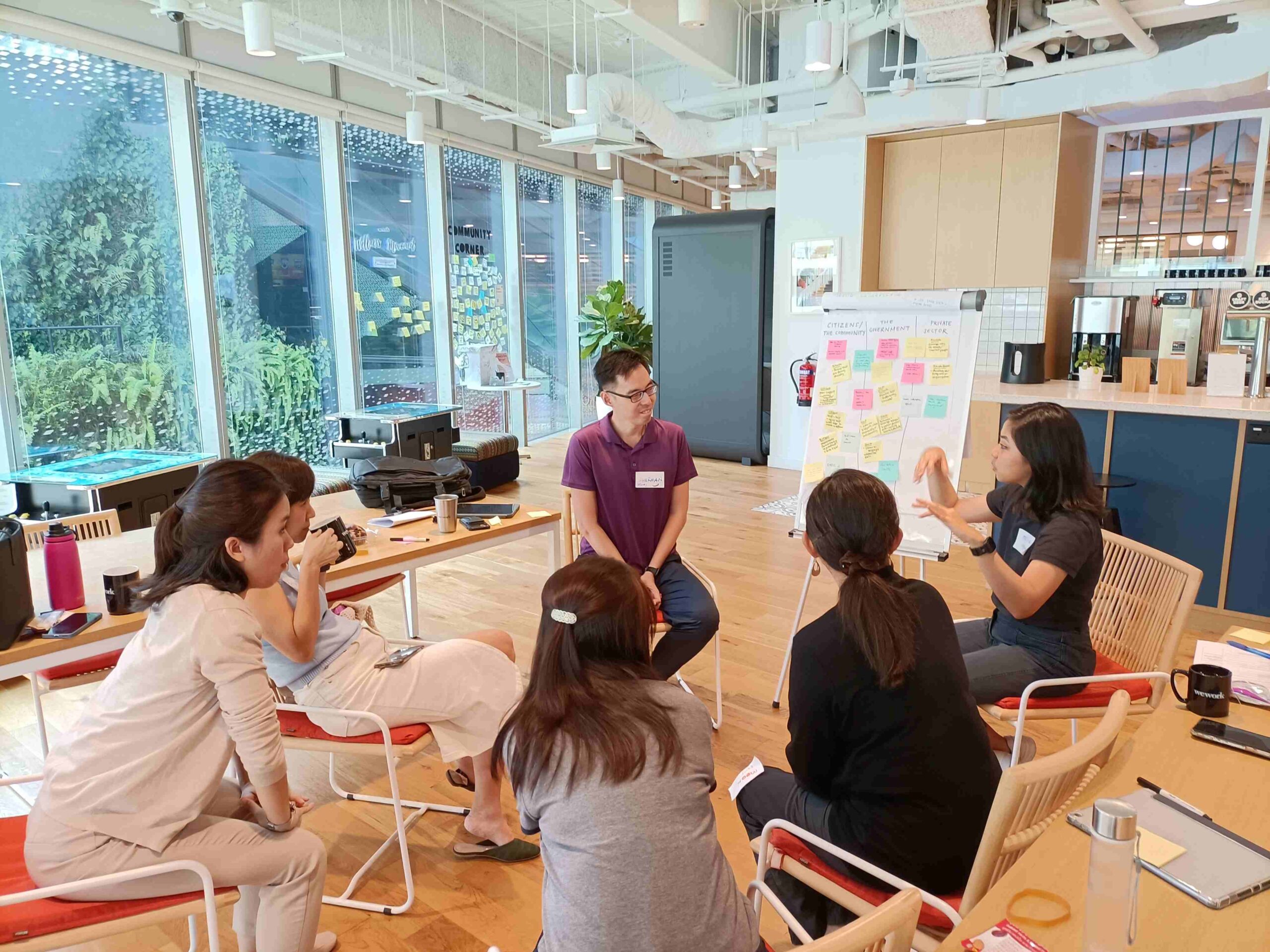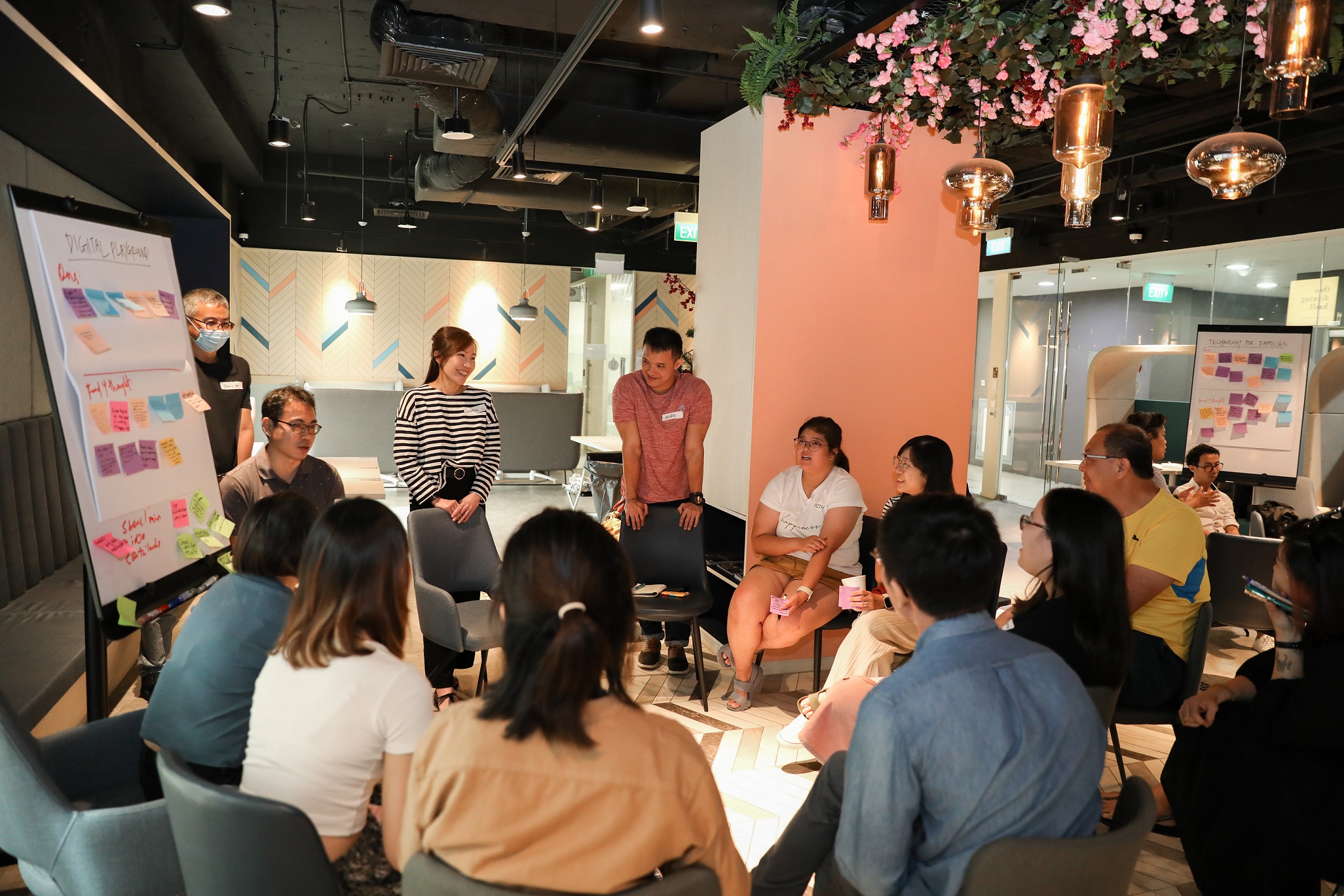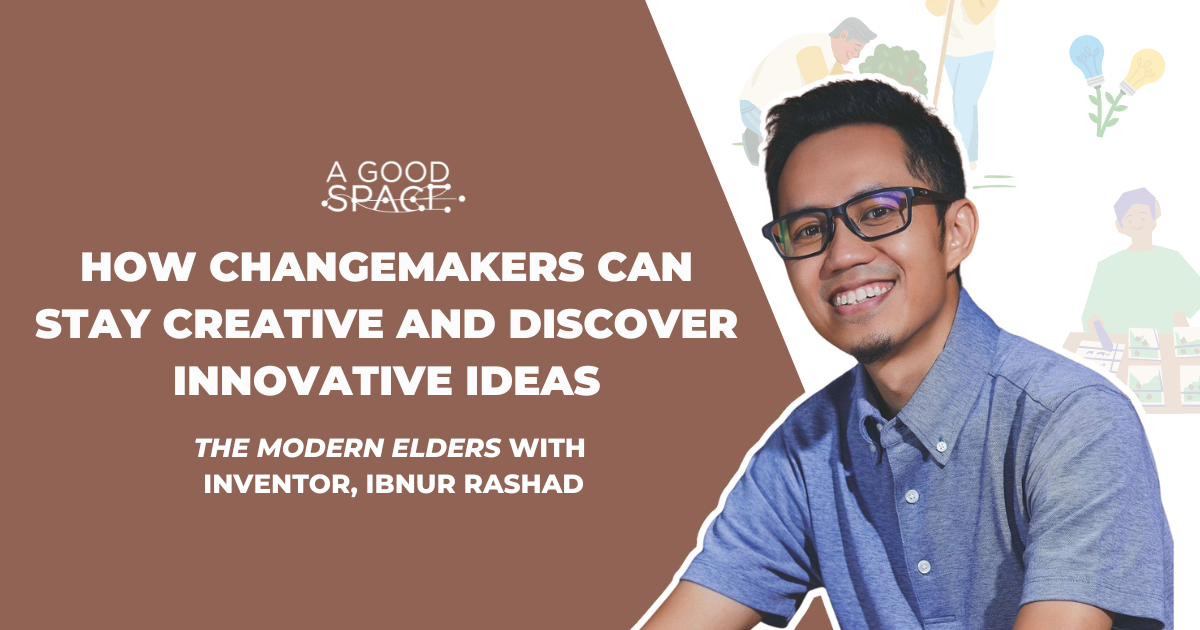It all started in my last year of University. After a 3 year business partnership broke down, I found myself feeling burnt out, lost and deeply sad.
Taking a leap of faith, I pooled together the last of my savings to fly halfway across the world to Portland, Oregon for the World Domination Summit (WDS), after discovering it during a random Google search for conferences to attend. I hoped it would help me to ‘find myself’, whatever that meant.
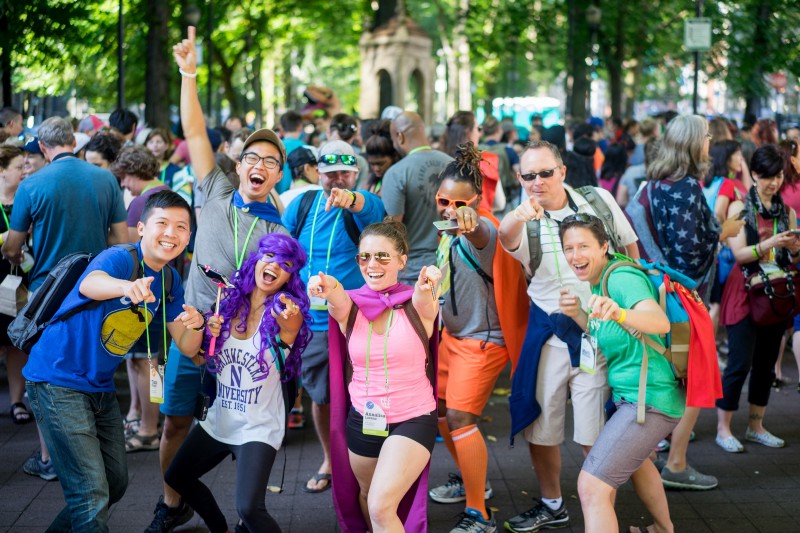
Of all the conferences and events I had attended over the years, WDS remains one of the strangest experiences I’ve ever had.
Never before at a conference have I felt such a deep sense of community, belonging and authenticity. I didn’t feel the need to impress anyone and experienced deep conversations with complete strangers from all over the world, as we shared our personal stories, dreams, struggles and fears.
When I came back, I had a lot of difficulty describing what I had just experienced to my friends. Yet it piqued my curiosity in experience design, particularly: how to create transformative experiences?
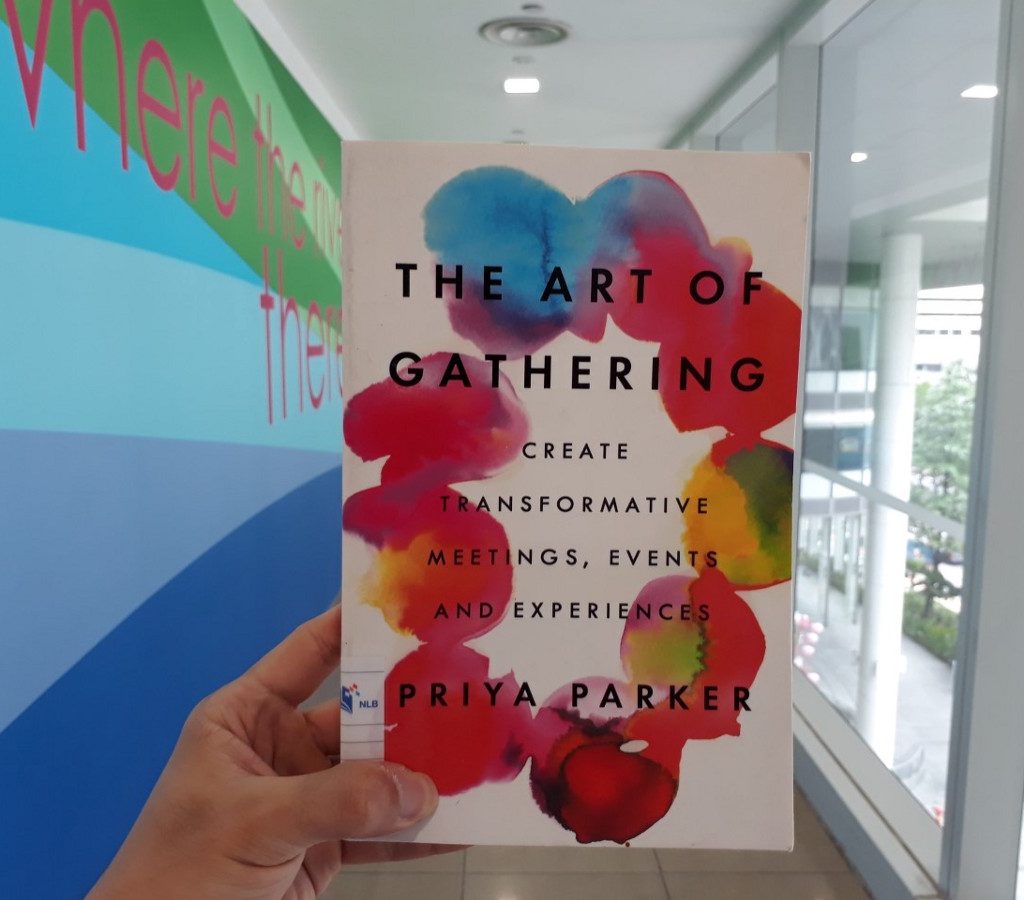
I finally got a glimpse in what a possible answer could be when I picked up Priya Parker’s book The Art of Gathering. It opened up a whole new world of possibilities and offered a guide that any event organiser could use to create a transformative experience.
In this article, I hope to summarise some of the lessons I learnt from the book. Hopefully, it can be of value to you as you think about designing your own events. All stories shared below that are not my own come from the book.
To make for easier reading, we have broken this article into two parts. You can read Part 2 here. If you found this useful, please consider getting a copy of the book. I promise it will be well worth your while.
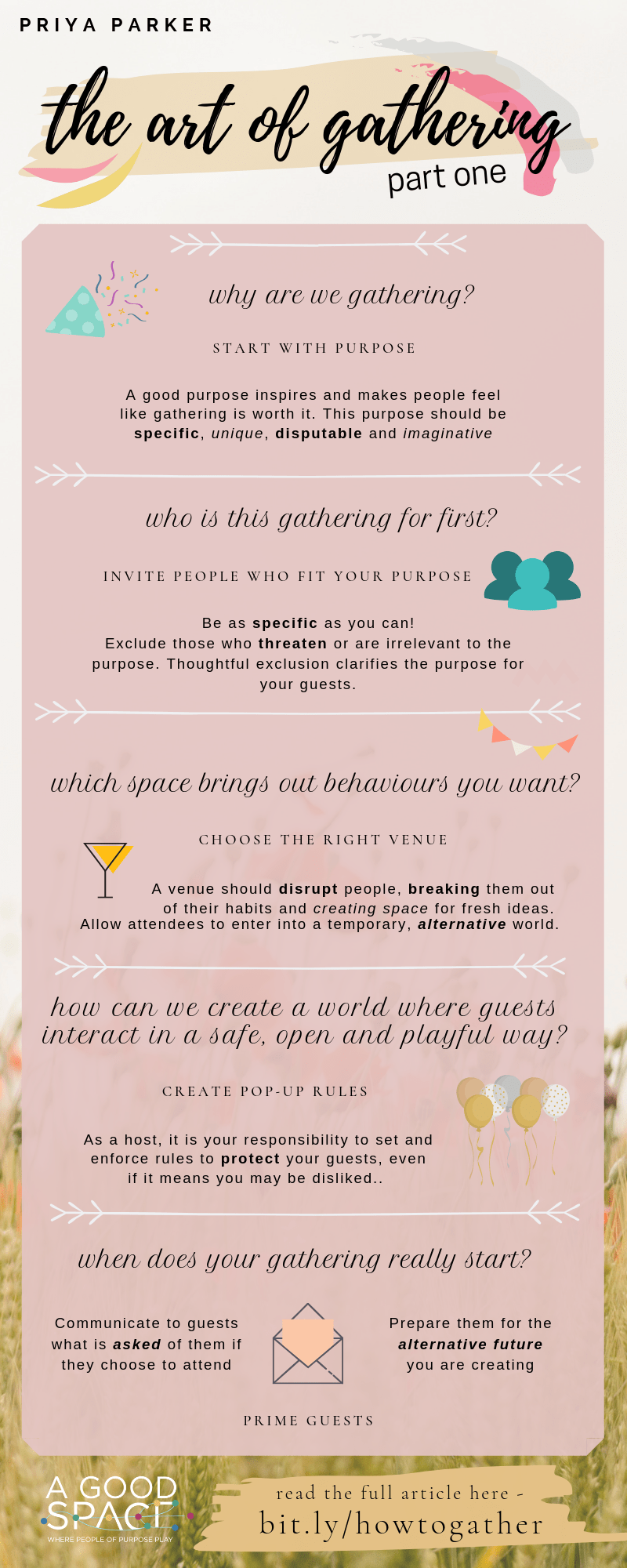
We have also created an infographic if you would like to see the steps in a picture. Feel free to use it as you plan your own events.
With that, let’s begin!

Step 1: Start With Purpose
We often think about event planning as a logistical challenge rather than a human one. Instead of PowerPoint slides, catering and social media marketing, the author argues it is more important to start by asking: why are we gathering?
A good purpose inspires and makes people feel like gathering is worth it. It can be:
- Specific (e.g. gay couples hiking with dogs)
- Unique (e.g. dumpster diving to learn the freegan lifestyle)
- Disputable (open to question and discussion — e.g. could the purpose of a wedding be a ceremonial repayment to your parents and all they have done for you?)
- Imaginative (what alternative future do I wish to create with this gathering?)
A clear and focused purpose enables us to create meaningful and transformative experiences for our attendees. It also guides us in the subsequent planning of logistics (who to invite, where to host it, what activities to do, etc).
Let’s look at some scenarios that we may be familiar with:
Company retreat — to plan for the year ahead or to build and practice a culture of candor with our fellow colleagues?
Birthday party — to mark the year or to surround yourself with people who bring out the best in you?
Parents support group meeting — to discuss our child’s progress in school or to have a trusted circle to share our struggles as parents without worrying about appearances?
If you organise regular events, is the way you are gathering still serving your purpose? Do you need to change something to prevent your event from being repetitive and stale?
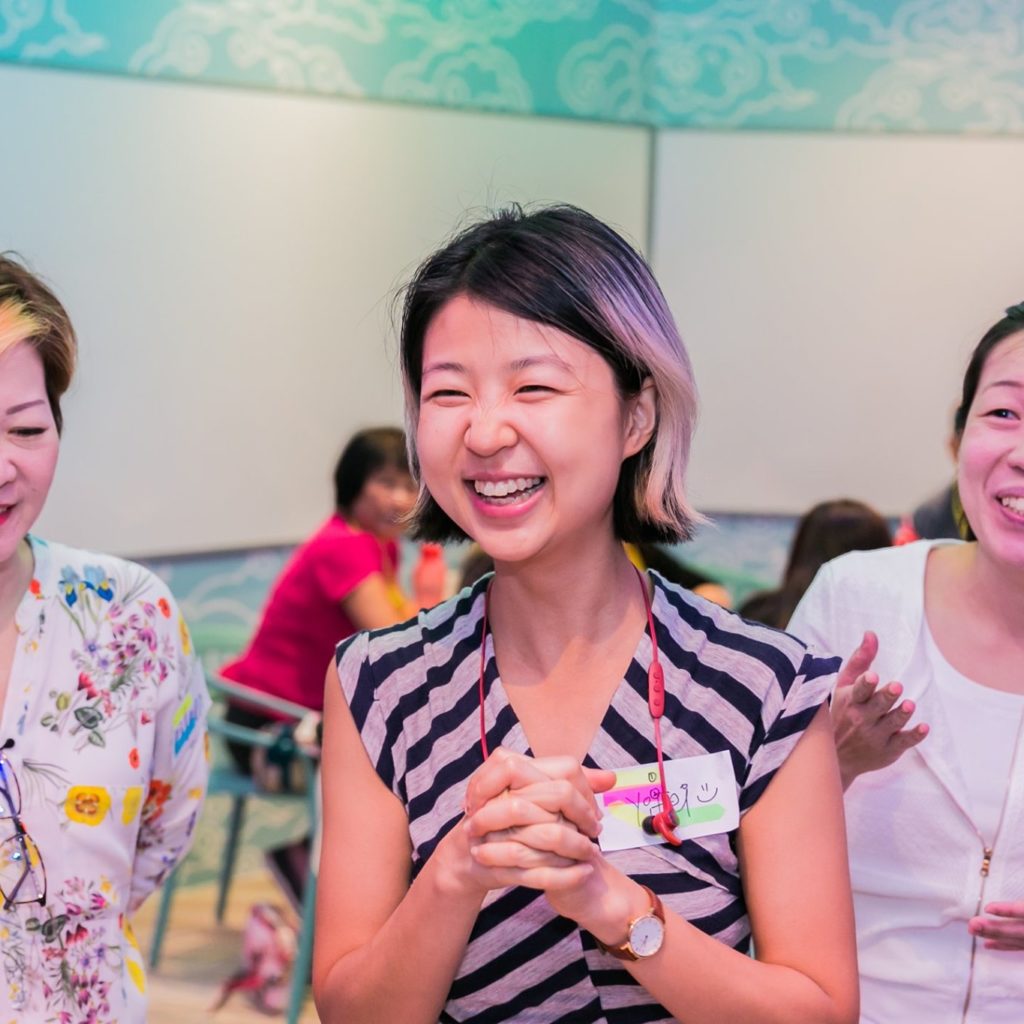
Step 2: Invite People Who Fit Your Purpose
Invite people who fit and help fulfill your gathering’s purpose. Ask yourself: who is this gathering for first? Be as specific as you can in defining this.
We recently organised A Good Conversation, where our purpose was to gather diverse changemakers to create a shared dream for Singapore and develop a collective action plan to achieve this dream together.
With this purpose in mind, we wanted to invite changemakers who:
- Were actively working on a project with social impact
- Had a growth mindset
- Were tired of working in silos and had a genuine interest in collaborating with other changemakers like themselves
- Could commit to attending 3 days each in November 2018 and February 2019
Exclude those who threaten or are irrelevant to the purpose. Thoughtful exclusion helps clarify your purpose to your guests.
Osmand Abousteit, then an Egyptian graduate student, started the only student-run bar for students in a small German town in the 1950s. One day, the vice mayor of the town demanded to be let in but Osmand refused. That day, the bar’s purpose was crystallised — it would only be for students. Osmand was willing to give up the potential value of a local celebrity coming into his bar to preserve its purpose.
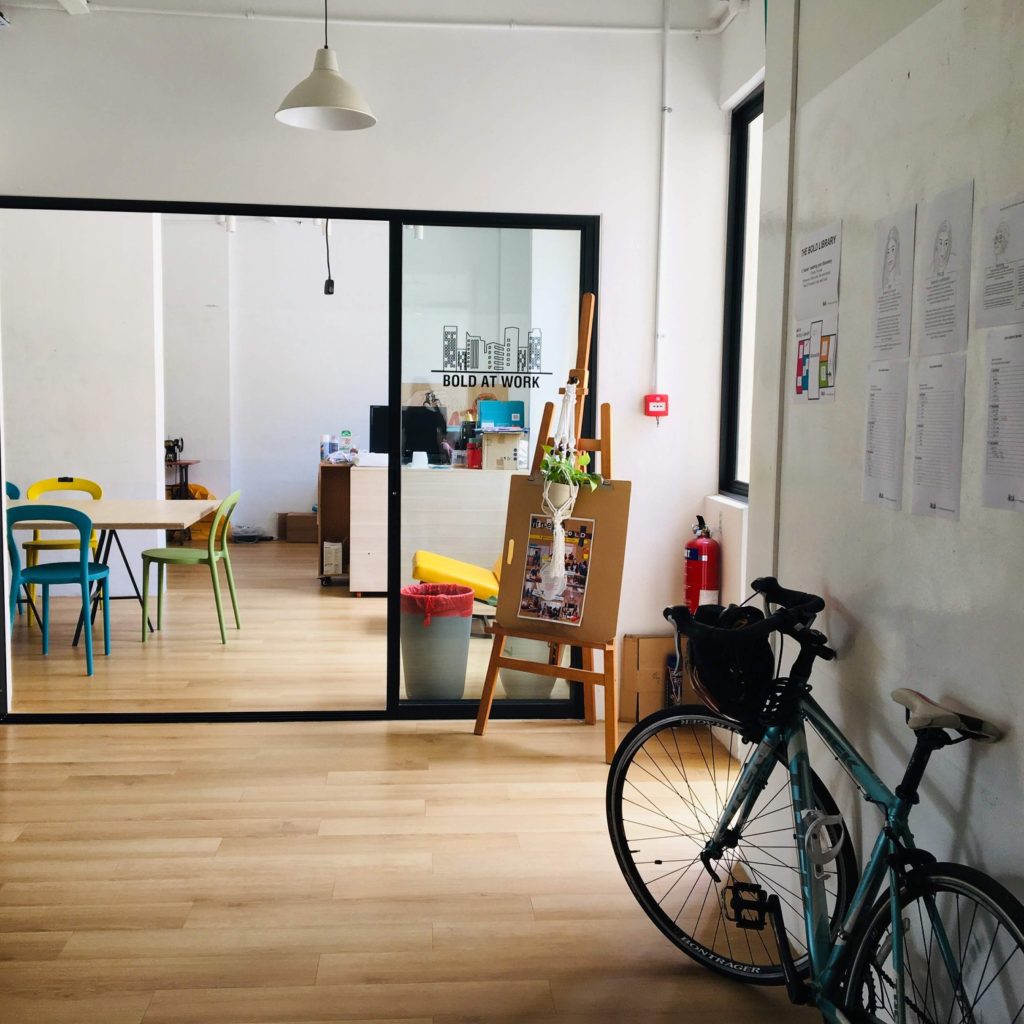
Step 3: Choose The Right Venue
Some spaces come with behavioural scripts that affect how we act, think or behave. For example, we tend to behave more formally in boardrooms and courthouses as opposed to cafes and beaches.
Choose a venue that serves your gathering’s purpose and brings out the behaviours that you want.
Instead of an orientation in the office, Larry O’Toole, CEO of the Gentle Giant Moving Company inducts new hires via a group run around Boston, ending with a race up the steps of Harvard Stadium. This conveys a message to the new hires on the importance of teamwork and physical fitness at the company.
A venue should also disrupt people, breaking them out of their habits and creating space for fresh ideas to form. Another way to think about this is: where should your gathering not take place and hold it there.
You don’t always have to go to a completely new place. Sometimes, making modifications to existing places might work.
In capturing the portraits of famous people and world leaders, the photographer Platon always brings along a white-painted crate for them to sit on, which for a short moment allows them to enter into his world.
Gatherings need perimeters. A space for a gathering works best when it is contained (ie. with a door, wall or some clear boundary). This allows attendees to enter into an temporary, alternative world.
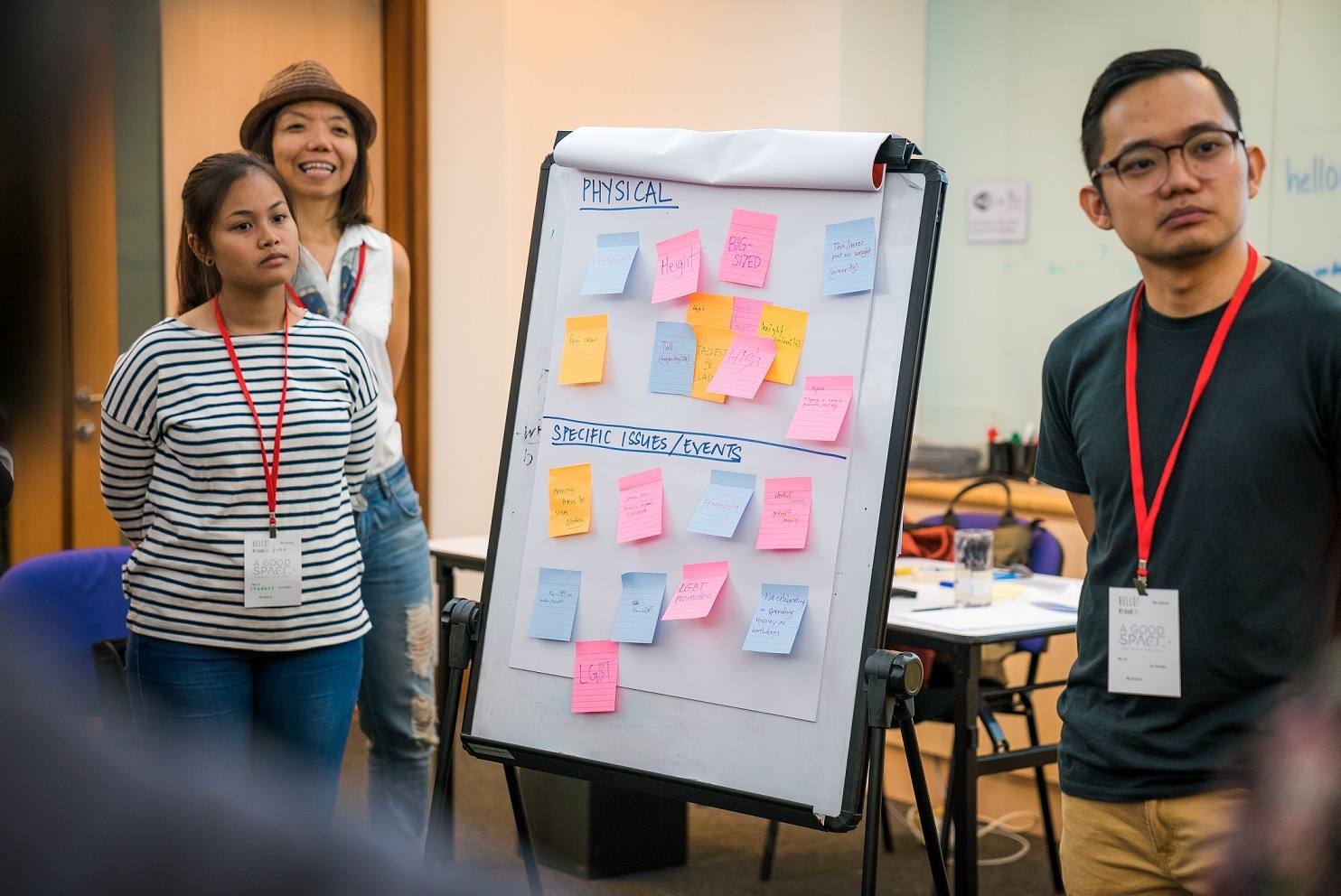
Step 4: Create Pop-Up Rules
When you bring diverse people together, each with their own way of seeing the world, rules help to guide guests on how to behave.
Rules create a temporary, alternative world where guests can interact in a safe, open and playful way.
At an Honesty Circle I experienced several years ago, attendees were invited by the host to observe 4 rules:
- We listen without judgment
- What is said here stays here
- One conversation at a time
- You can choose not to share
As a host, it is your responsibility to set and enforce rules to protect your guests, even if it means you may be disliked.
It could mean interrupting an attendee making a long statement at the end of a panel discussion by interrupting them to phrase it as a question.
The author argues that if you don’t enforce these rules and leave guests to act as they like, some are likely to enforce their own rules that may be inconsistent with your gathering’s purpose.
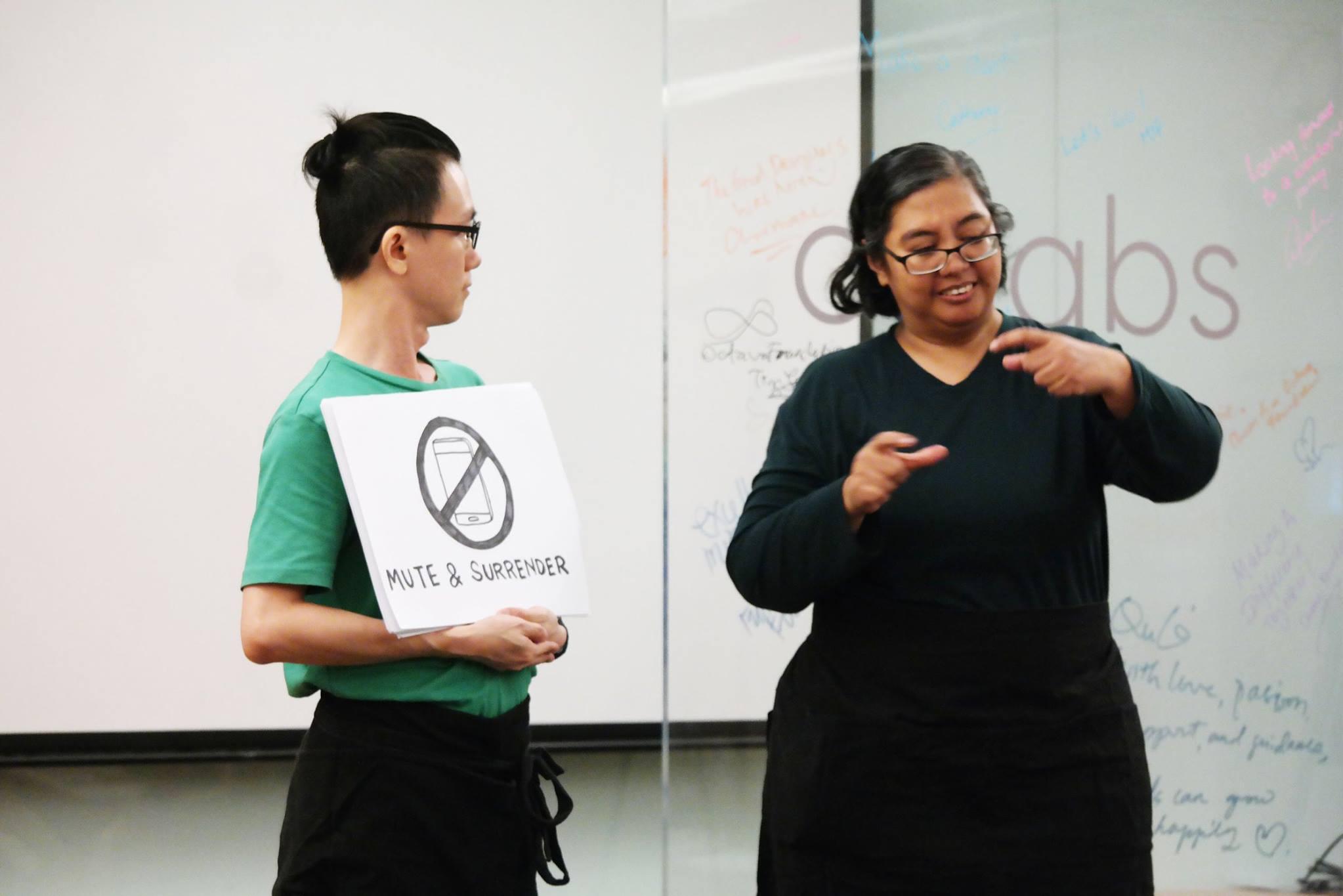
Step 5: Prime Guests Before They Come
When does your gathering really start? The author believes it starts from the moment people discover it, because people think about, prepare for and anticipate a gathering before it officially begins.
The intentional gatherer prepares people for the gathering in addition to preparing things. This pre-event priming should do a few things:
1. Communicate to guests what is asked of them if they choose to attend
A good host finds ways to communicate to guests what they’re signing up for by saying yes to the invitation.
If you don’t tell them beforehand that their phones will be taken away for the full day or they will be expected to contribute and share personal stories, chances are you will encounter resistance and unhappiness.
2. Prepare them for the alternative future you are creating in your gathering
If you are planning a session on mentorship in your company and needed people to show up with their guards down, could you send out an email beforehand with heartfelt testimonials from three senior leaders on how a mentor impacted them personally?
Or you can ask your guests to do something. In planning a Christmas gathering, Cirque du Soleil director asked each guest to send him two photographs of happy moments they’d had in the past year. He printed these photos, decorated his Christmas tree with them and set the mood for a Christmas of happiness.
3. Use the right name
Names help guests decide whether and how they might fit into the world you are creating. If you are hosting a half day gathering for your team to discuss strategy, do you call it a meeting, brainstorming session or an visioning lab? Different names signal the tone and mood of your gathering.
Instead of calling it Office Hours, Rachel Greenberger, an administrator at Babson College calls her weekly meetings with students the Community Table. Students turn up with food and their notebooks to engage with each other and her.
Now that your guests are all ready for your event, what do you do when they actually arrive? How can you gather them in a way that helps fulfill your event’s purpose?
Continue reading in Part 2, where we’ll have more insights from Priya Parker’s The Art of Gathering. Here’s the link: http://www.agoodspace.org/blog/the-art-of-gathering-part-2/

